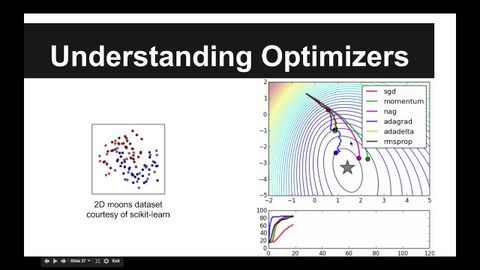リカレントニューラルネットワークを用いた一般的なシーケンス学習 (General Sequence Learning using Recurrent Neural Networks)
araratlee が 2021 年 01 月 14 日 に投稿  この条件に一致する単語はありません
この条件に一致する単語はありません- n. (u.)(音楽の)拍子 : テンポ;(時計が指し示す)時刻 : 時間;時間;(ある出来事が起きる)時 : 時点;時;時代 : 時期;時間;所要時間
- v.t.(音楽の)リズムをとる;(~するのに)ふさわしい時を選ぶ;時間を計る;(出来事の最適な時間や時期を)決める
US /ˈɪnstəns/
・
UK /'ɪnstəns/
- n. (c./u.)例;発生;インスタンス
- v.t.例に挙げる
- phr.要請で
- n. (c./u.)(ダンスの)ステップ;一歩の距離 : 歩程;段階;足音;(階段などの)段 : 踏み段
- v.i.歩く : 踏む
エネルギーを使用
すべての単語を解除
発音・解説・フィルター機能を解除

